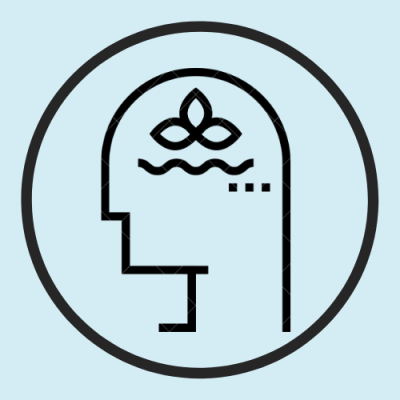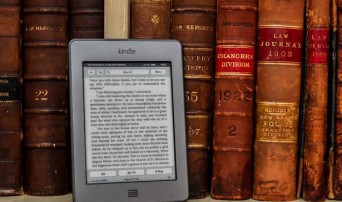
2013 is already looking like a busy year for me, not least because of an exciting move from the University of London to City University of Hong Kong. That means new courses, new students, new administrative systems, and a lot of new projects. Since I have set some time aside this week to take stock and review my plans for the coming year, I wanted to share one of the things that keeps my note-taking organized and ultimately helps to support my work as an academic: a clear, consistent tagging system that I use everywhere I can.
The academic life is a chaotic mixture of teaching, research, service, knowledge transfer, partnerships, publicity, and planning, so it has been important for me to find a way to seamlessly blend these strands. To this end, every piece of information that I put into Evernote or Things immediately gets these types of tags (I use the hashtag to denote a type of tag–these don’t actually form part of the tag itself):
Context > #Output > #Topic > #X-Ref
Because I use this same tagging system in both my task manager and my note taking software, it is incredibly easy to cross-reference details or to find the information that I need. Before I explain how these tags function within Evernote and Things, here’s a quick summary of each:
Continue reading “4 Tags That Make Sense of It All: Best Practice for Tagging Academic Notes”










